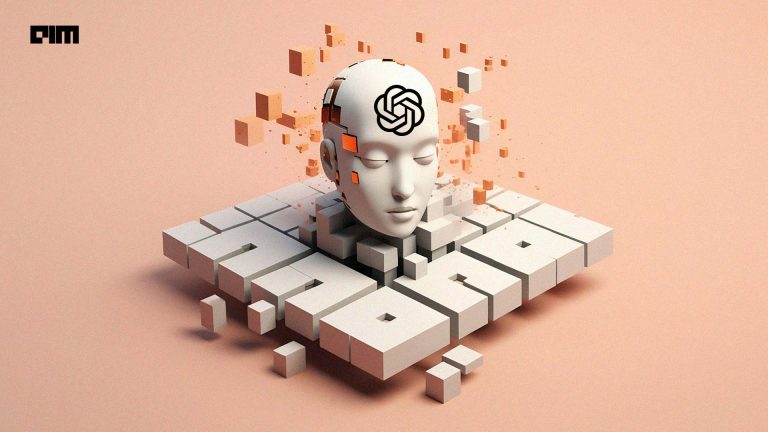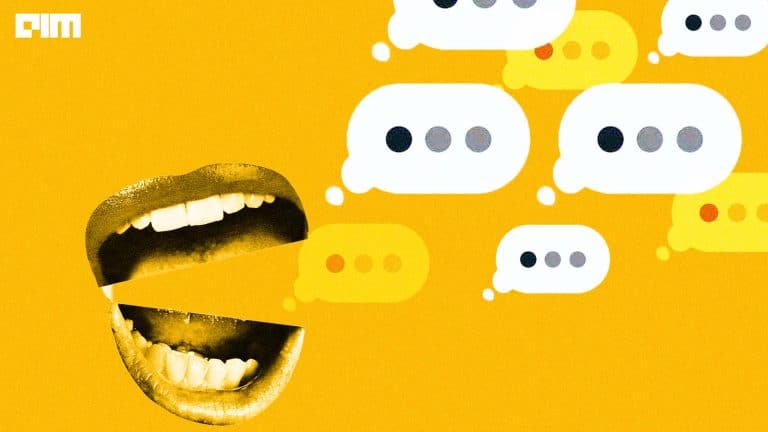|
Listen to this story
|
As AI art generators like Stable Diffusion and Midjourney get relegated to the attention graveyard, a new competitor has emerged for the prime attention spot: ChatGPT. And it’s here to stay. Ever since its launch in November last year, ChatGPT has enjoyed meteoric growth, recently surpassing 100 million users. The chatbot has single-handedly pulled AI to the mainstream. The question is, why do people love ChatGPT so much?
A Worthy Competitor
A study conducted in 2017 found that speaking confidently is enough to make people follow a ‘leader’. It seems that this effect rubs off on non-human interactions as well, as ChatGPT’s perceived domain authority and confidence makes users believe in the validity of its statements.
ChatGPT inherits these traits from GPT 3.5, the LLM on which it is built. However, its other features, such as conversation memory and allowing users to provide corrections, are a leap over existing human-facing AI chatbots. It also has a commendable capability for summarising concepts and ideas, presenting them in an easy-to-digest format, without jargonising things. A student using ChatGPT for his college work said, “ChatGPT gives exact answers with evidence and saves time on my research. I don’t need to go through Google links to come up with an argument, I just need to ask ChatGPT my question and I can do my research on what it says afterwards.”
The agent’s capability to generate ‘creative’ writing is also a huge draw for people, as it puts words and structure to a users’ imagination. This field, which has largely been dominated by human writers to this point, not only adds an air of mystery towards the bot, but also makes it look like it knows what it’s talking about (even though it really doesn’t).
The idea that ChatGPT is a capable writer is further bolstered by the enterprise world accepting the chatbot. Reports began to emerge that online media houses such as BuzzFeed and CNET had begun adopting ChatGPT’s services, adding to the services’ credibility. This effect was further amplified by the fact that anyone could use ChatGPT.
A chatbot for everyone
The bot, launched as a free research preview towards the end of November last year, was meant for OpenAI researchers to further improve the bot. Unpredictably, the bot went viral and became the fastest-growing app of all time within a few weeks of its launch. OpenAI decided to keep the chatbot free and open for all, focusing on customer acquisition by keeping the service free.
Even though this resulted in a few growing pains for ChatGPT, such as frequent blackouts, it proved to be a successful way to grow the user base for the bot, which in turn made it better as it learned from user interaction.
OpenAI also experimented with a few paid variations of the service, but none of this restricted access to the service in the free tier — an important piece of the puzzle to its growth and adoption. The service grew so rapidly that even Sam Altman, the CEO of OpenAI, was surprised. In an interview, he said, “I wanted to do it because I thought it was going to work. I’m somewhat surprised by the magnitude. But I was hoping and expecting people to really love it.”
ChatGPT as a tipping point for AI
Though 2022 has been the year of generative AI, art generators like Stable Diffusion and Midjourney saw lukewarm adoption from non-technical users. While this was the society’s first brush with state-of-the-art AI agents, these algorithms had their own learning curve to generate the needed output.
On the other hand, ChatGPT simply understands natural language as spoken by its users. The use of natural language as an input for the bot is a UX master stroke, as it does not require prompt engineering or other concepts to get a useful output from the bot. Even digitally challenged users can easily interact with the chatbot due to its simplicity.
Even though ChatGPT was created as an afterthought by OpenAI executives, it is a perfect proof-of-concept to showcase the capabilities of modern state-of-the-art LLMs. A normal user is unlikely to know about models like GPT-3 or Codex, but when presented in a user-friendly chatbot like ChatGPT, it becomes a viral sensation.
ChatGPT’s impact was apparent because it was a huge leap from users’ previous interactions with chatbots. The average human interacts with basic chatbots that utilise NLP techniques like keyword utilisation and canned responses to simulate natural language understanding. ChatGPT, on the other hand, draws on its LLM roots and demonstrates a mastery over the fine print of human communication.
The reason that ChatGPT seemed like such a big revelation is because other AI researchers like Meta and Google rarely release their SOTA algorithms to the public, citing fears over public safety. Sam Altman, on the other hand, has a different perspective, “I really believe we need society to get a feel of this, wrestle with it, see the benefits, and understand the downsides. So, I think the most important thing we do is to put these things out there so the world can start to understand what’s coming.”
The writing is on the wall for anyone following ChatGPT’s journey – it might be the first AI creation to rock the fundamentals of society, but it’s definitely not the last. AI is coming, and it seems like ChatGPT just woke the world up to the future. However, judging by the response that the bot has garnered, our AI future might not be so dark after all.



















































































